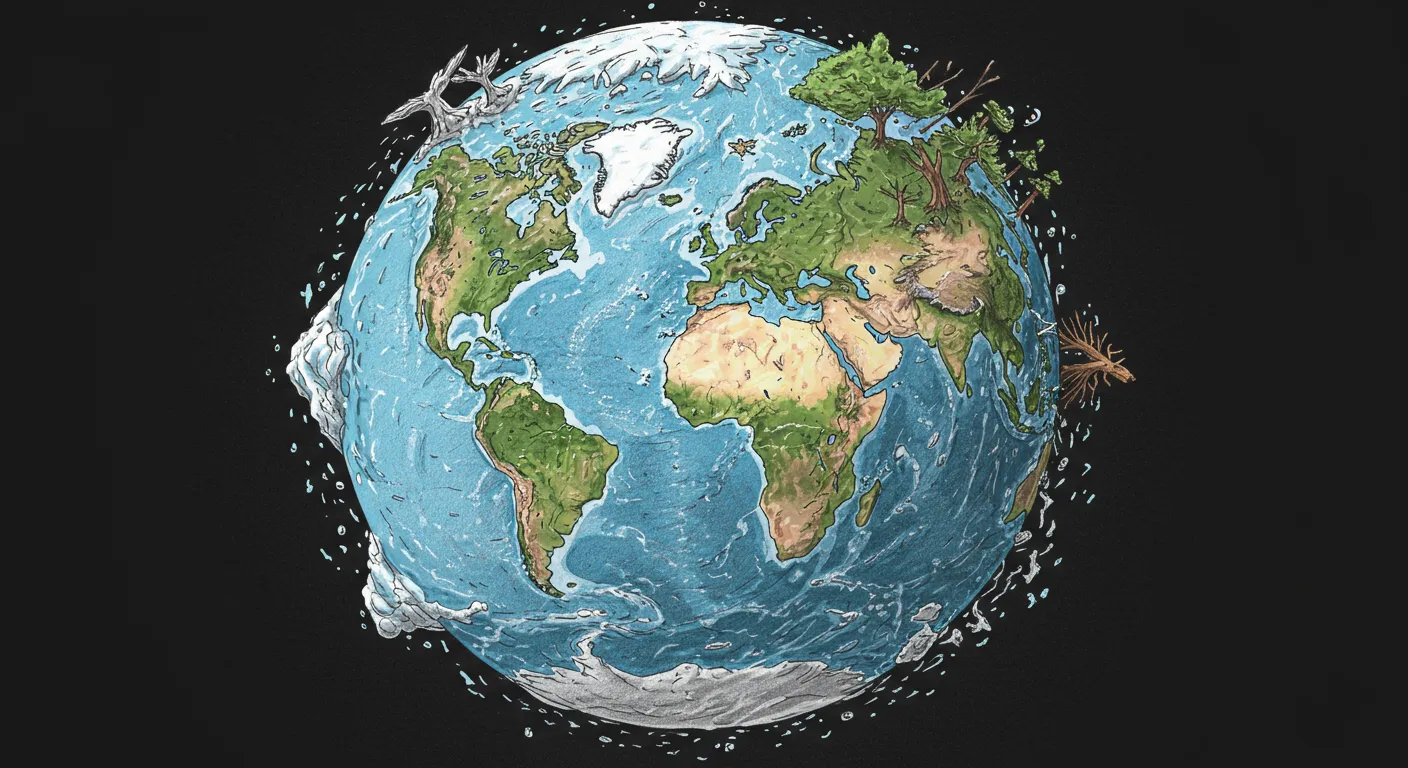Online commentators have been tracking the La Niña weather pattern's slow retreat, marking a significant transition in global climate dynamics. For three consecutive months, this cooling influence in the Pacific Ocean has been gradually losing its grip, signaling a return to a neutral climate state.
The departure of La Niña carries broader implications for global weather systems. During its reign, La Niña typically brought cooler ocean temperatures in the eastern Pacific, influencing rainfall patterns, hurricane activity, and temperature distributions across multiple continents. Its weakening suggests we're entering a more unpredictable climatic period.
Tech-oriented weather watchers have been noting the pattern's gradual changes through satellite data and complex climate models. The transition doesn't necessarily mean immediate dramatic shifts, but it does hint at potential variations in regional weather patterns that could impact everything from agricultural planning to disaster preparedness.
Interestingly, this neutral state is somewhat of a climate limbo. It's not dominated by El Niño's warming trends nor La Niña's cooling effects, which makes predictions more challenging. Climate tracking platforms are closely monitoring potential future shifts, wondering whether a warm El Niño might be waiting in the wings.
The broader takeaway is that climate systems are intricate, dynamic networks that resist simple narratives. While this transition might seem technical to outsiders, it represents another chapter in our ongoing effort to understand the planet's complex atmospheric choreography.


